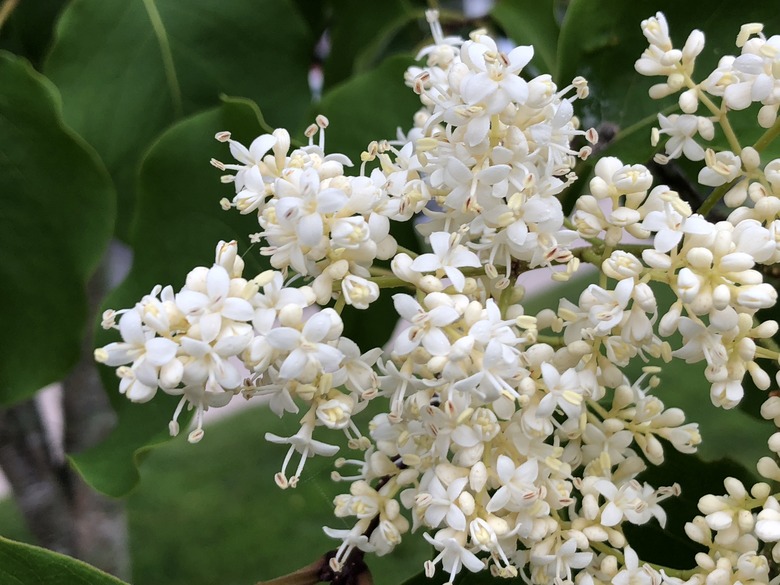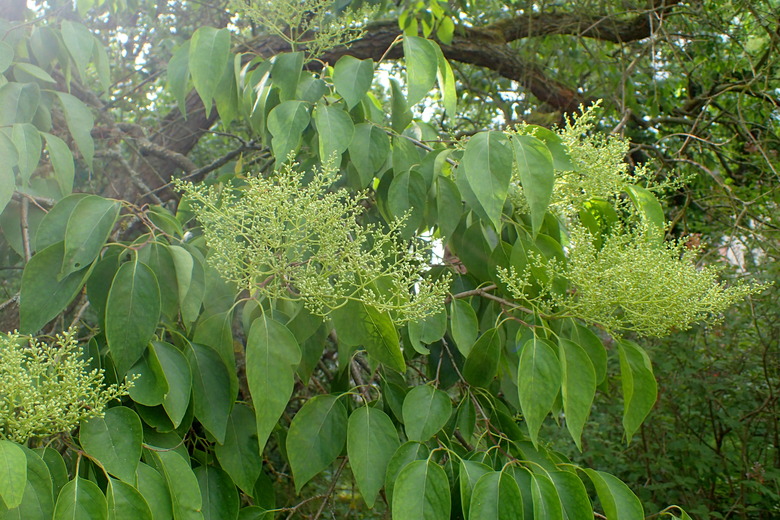How To Plant A Japanese Lilac Tree
The Japanese tree lilac (Syringa reticulata) is a spring-blooming species grown in small tree form or as a large shrub. This deciduous flowering tree in the Oleaceae family is capable of growing in urban conditions and is often used as a street tree. It is more disease resistant than other varieties of lilacs.
The Japanese tree lilac is hardy in USDA hardiness zones 3 to 7.
Japanese Lilac Tree Identification
Japanese tree lilacs are valued for their creamy white flowers, which grow on panicles that may be up to a foot long and attract hummingbirds and insect pollinators. This species blooms in June, which is a later bloom time compared to other lilac bushes.
The flowers produce a scent reminiscent of privet. The leaves of this lilac are dark green and ovate and do not offer showy fall color.
Young Japanese lilac trees have reddish brown peeling bark that turns gray as the tree ages. The bark is distinguished by its horizontal lenticels, which are porous areas of tissue that allow air to move in and out.
Japanese tree lilacs have heights of up to 20 feet. This lilac can be grown as a multi-stem or single-trunk tree.
Site Selection for Japanese Lilacs
While a Japanese tree lilac will grow in partial sun, it will flower best in full sun, which means at least six hours of sunlight a day—so consider how much shade it will receive when choosing a location for this tree. Too much shade can also encourage the development of lilac leaf diseases like powdery mildew.
Tip
Plant Japanese tree lilacs in full sun for best flowering and to help prevent the development of powdery mildew.
You also want to make sure to provide lilacs with good air circulation to prevent powdery mildew.
Japanese Tree Lilac Soil Preparation
While Japanese lilacs can handle different soil types, including clay soils, they perform best in soil that has a neutral, slightly alkaline or slightly acidic pH and contains plenty of organic matter. The soil may need to be amended with lime before planting if it is too acidic.
Regardless of the soil type, Japanese tree lilacs do not perform well when their roots are allowed to stand in water. Therefore, well-draining soil is a must.
Tip
Japanese tree lilacs must be planted in soil with excellent drainage.
Planting a Japanese Lilac Tree
You'll find Japanese lilac trees for sale at nurseries, which is the most common way to introduce this plant into your landscape. When planting a nursery-bought Japanese tree lilac in your garden—whether it is a bare root plant or has been ball and burlapped—you want to place the roots at the same depth at which they were growing in their original container.
Lilac shrubs do not need to be fertilized at planting, though they should be watered thoroughly and then given about an inch of water a week during their first year. Lilacs also benefit from a layer of mulch that is 2 or 3 inches thick, but to avoid diseases, make sure the mulch does not touch the base of the tree.

